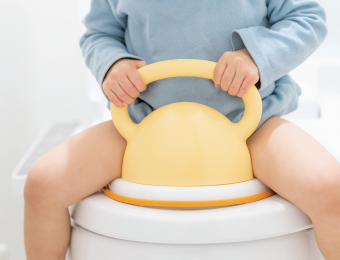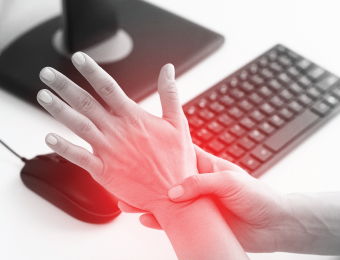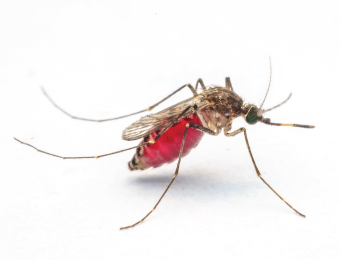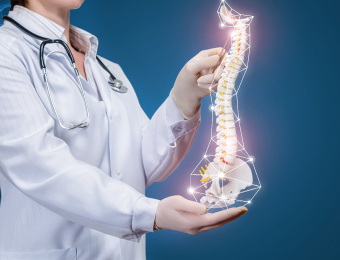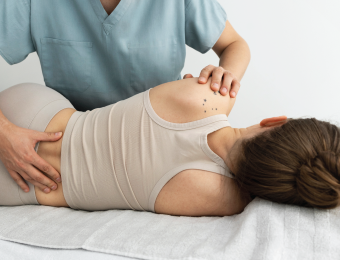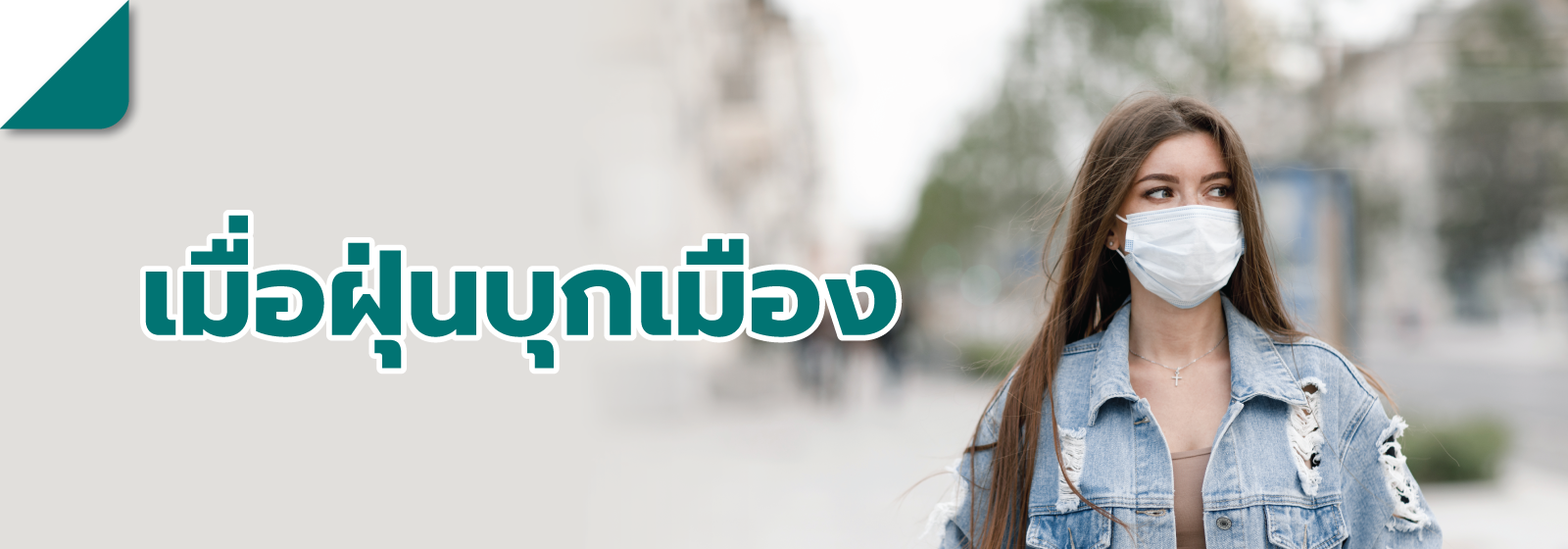
When dust invades the city
When dust invades the city, the atmosphere resembles morning fog, but even after a while, the haze doesn't seem to dissipate. This is because the haze we see is not mist from evaporating water. As temperatures rise, it evaporates into vapor.
The haze we're experiencing now, both in the capital and major cities, is actually particulate matter.
Particulate matter, or PM, is small solid particles suspended in the air or water. It can originate from natural sources like volcanoes, sandstorms, wildfires, salt spray, or human activities such as vehicle exhaust, power plants, industrial facilities, as well as burning grasslands and forests. In developing countries, particulate matter often arises from coal-fired power plants.
High levels of particulate matter in the air can affect human health, causing various respiratory and cardiovascular problems, including lung cancer. To mitigate these risks, various filtering methods like masks can be employed.
Particulate matter larger than 10 micrometers typically falls to the ground due to gravity, while smaller particles, known as PM10, can remain suspended in the air for weeks and are typically removed by rainfall or other precipitation.
PM2.5, particles smaller than 2.5 micrometers, pose greater health risks as they can penetrate deep into the lungs and even enter the bloodstream. Individuals with respiratory allergies, both children and adults, may experience symptoms such as sneezing, runny nose, nasal itching, itchy eyes, nasal congestion, shortness of breath, coughing, wheezing, and difficulty breathing when exposed to allergens they're sensitive to.
Various irritants like dust, pollen, fragrances, sprays, odors, tobacco smoke, traffic fumes, industrial emissions, and various types of smoke can trigger these symptoms.
How to avoid it? It may sound simple but is it easy to do?
- Remove yourself from places with allergens or irritants. In the case of encountering smoke or dust, avoid unnecessary outdoor activities.
- If avoidance isn't possible, protect yourself. Wear a mask and cover your nose and mouth with a cloth. Some people may use a damp cloth for additional protection.
- Rinse your nasal passages immediately upon returning indoors to reduce the amount of inhaled substances.
If any abnormal symptoms persist, consult a physician.
25 Dec, 2023
 EN
EN
 TH
TH CN
CN




